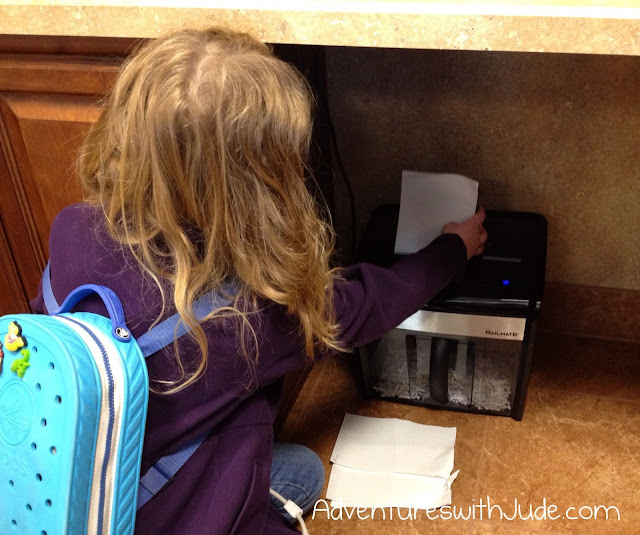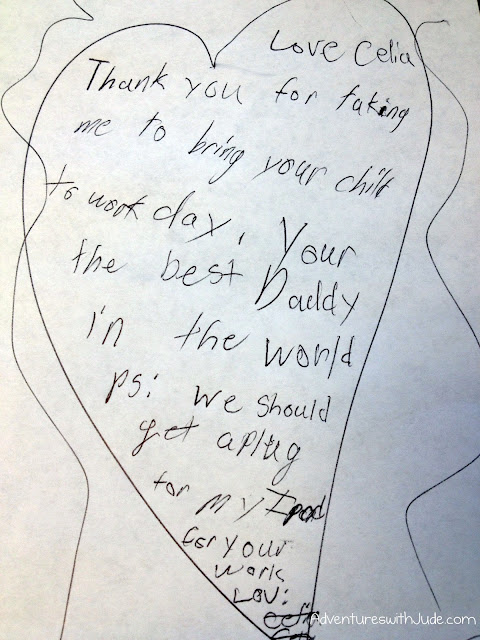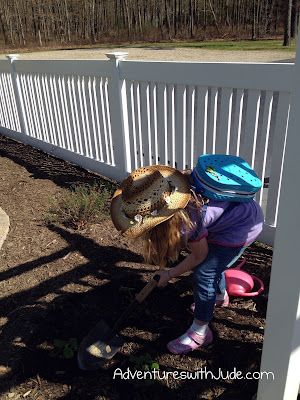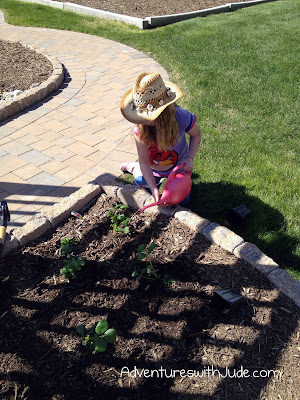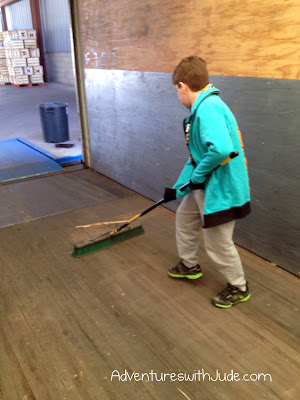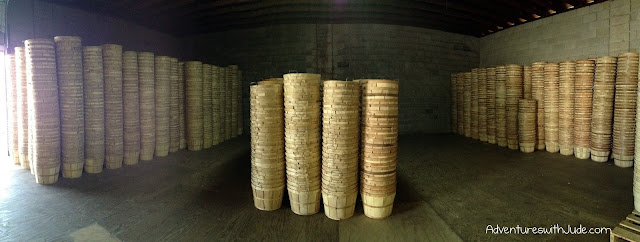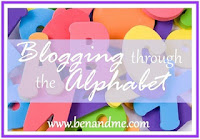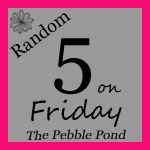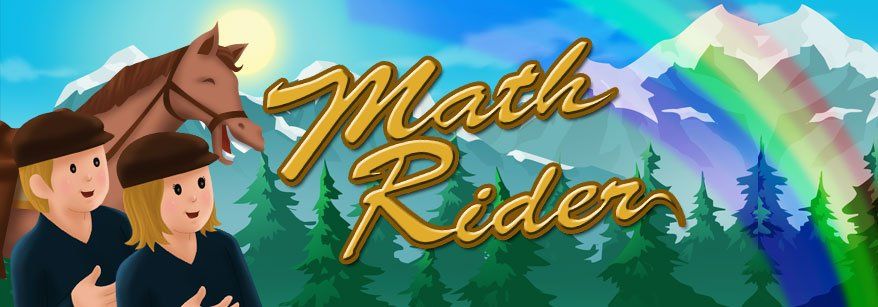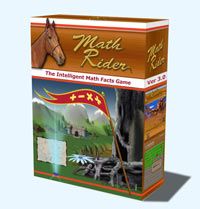 Writing has long been a dreaded assignment for Luke. Despite a very strong writing curriculum and lots of writing experience through middle school, he still has a difficult time writing essays. He understands the concepts of how to write, but finds the mechanics of writing difficult, and struggles with transforming concepts into a cohesive work.
Writing has long been a dreaded assignment for Luke. Despite a very strong writing curriculum and lots of writing experience through middle school, he still has a difficult time writing essays. He understands the concepts of how to write, but finds the mechanics of writing difficult, and struggles with transforming concepts into a cohesive work. Writing with Sharon Watson is a program for high school students.(Student text: $39.98, Teacher manual: $14.98) It teaches how to write both fiction and non-fiction pieces. We chose The Power in Your Hands: Writing Non-Fiction in High School program because most of Luke's writing is non-fiction. While he has had a couple of fiction pieces to write this year, nearly every teacher has given an assignment that has involved some sort of research and writing. In fact, last quarter saw a weekly research paper on different world religions. (And yes, while he ultimately received an excellent grade for each, he struggled through organization and presentation of the research. He was extremely glad the quarter closed and they ran out of major religions to review.) He was also assigned a research paper for his language arts class. The teacher gave very broad guidelines, because he did not want seventeen like papers, and wanted to challenge the students to use all they had learned through the year. However, Luke was definitely overwhelmed and floundering. We were very hopeful that this would help him.
The program helps guide the student through many types of writing, from newspaper essays to a more traditional research paper. While not everyone is going to become a great orator, the text also delves into how to write an engaging and appropriate text for oral presentation. I think nearly every practical type of writing is included, including how to write an appropriate note of condolence (that is sympathetic and supportive and does not have any hints of patronization). Luke's assignment was to research a literary theme, so he focused on Chapter 18 (Literary Analysis) for writing this paper.
Luke chose to read L. Frank Baum's The Wonderful Wizard of Oz and explore how the character development Baum employed was mirrored in the later works The Wizard of Oz, Wicked (based on Gregory Maguire's novel Wicked: The Life and Times of the Wicked Witch of the West) and Oz the Great and Powerful. He was able to use the chapter as a guide to help him explore all three works. He determined that while the characters were each almost completely new interpretations of the original the characters Baum wrote, the authors and screenwriters kept Baum's original development character tactics of "acceptance of others" and "change of self-perspective" as what drove their plots as well. He was assigned the task of having to find six sources to support his thesis. He was stuck beyond the obvious plan of citing the source works, but the suggestions for secondary sources that listed - for example, biographies and critiques - allowed him to think a little more broadly, and he was able to round out his bibliography and use sources he had not considered before. He did consult the "Compare and Contrast" section, but ultimately decided that he wanted to focus on one or two themes and how they tied the works together, rather than pit each work against the other.
When Luke first learned to brainstorm before writing, he was taught the Thought Cluster ("bubble" or "wheel-and-spoke") method of organizing. While a very logical way to organize things, he struggled making it work for him. If nothing else, he never had his spacing right, so he was unable to group concepts in an intuitive manner. The section on "Organizing Your Thoughts" begins with an example of this standard brainstorming activity, but then Ms. Watson includes examples of several other techniques. One was an activity he had never seen: the "Greek Temple" method of organizing.
Finally, an idea that made sense to him AND kept things physically organized (instead of squished bubbles and extra arrows)! He arranged columns into two sections (one for each of his thesis points) of three columns each (the three re-presentations of Baum's story). It was much easier for him to keep his ideas organized. While he wrote very broad sketches on the columns and waited to flesh things out until his rough draft, he found that having this grouping kept his writing more orderly -- his supporting works points remained in the same order in each section. With a new way of looking at organization, he was more confident when starting his actual writing.
Personally, I think the hardest part of writing is the "pre-writing" activities: brainstorming, organization, and trying to find your thesis within your supporting articles. Anything that makes it more intuitive for a writer is a GREAT thing. She also discusses lists, formal outlines, and even the "sticky note method." Having used a variation of this myself in college (index cards taped to my dorm room wall), I really like how she discusses so many ways to organize your ideas.
There is also a lot of Modern Language Association (MLA) explanation. Despite being a Theater major/English lit minor and having more papers in my past than I care to count (both my own and with helping the older boys), I have never been able to truly wrap my head around MLA. The explanations in the text break MLA documentation down by source and give a number of examples and diagrams that make it easy to understand what is required. I have long used word processing program features that have a database-style approach to create citations and bibliographies, and so have the boys. Luke feels that while is likely that he will continue to use this feature, he now understands how to do it without and can do it without the template. I also finally understand how it is set up. I wish there had been this simplified an explanation twenty years ago! Everything I ever learned about MLA was how to do it, not why it was done that way. Every MLA manual and teacher said, "Oh, but it's so simple!" and honestly, I thought they were crazy! Now that I've seen these diagrams of MLA-style bibliography entries, they finally do seem simple.
 |
| Checking his work against the "What your instructor will probably be looking for..." list. |
There is also a Teacher's Guide to the program. It provides step-by-step lesson plans, as well as suggestions of other literary works to use as examples/work sources. Because we were not using the program as Luke's sole curriculum but rather as an additional resource, we did not use it as an academpic program. However, I definitely liked how the teacher's side of the program was laid out. We are considering homeschool for next year for Luke, and I would definitely use it for a writing program for him if he does leave the regular school system. The way it is written allows the teacher to focus on the student's response to activity, rather than trying to brainstorm sources to use for the activities. It also provides detailed analysis of chosen sources so that even if the parent did not have a natural propensity for writing, he or she could still teach their child easily. For example, the text parses Dr. Martin Luther King Jr.'s "I Have a Dream" speech. It diagrams what makes it such a renowned and striking oration: loaded words, allusions, repetition, metaphors, and stories that trigger such resonance. The discussion of texts is so thorough that a parent would not feel any point is lost.
However, the detail that the Manual uses makes it so that a second- or third-year student/teacher pair could still use the same learning/teaching texts and easily adapt it for deeper exploration. For example, in the letter-writing section, the "Thanks but No Thanks" activity requires the student to thank someone for an inappropriate but well-intended gift (a hand knit sweater that is too small and has unflattering colors and multiple patterns.) A second pass with the course could include another chance at practicing a tactful letter, using a different gift example (a book that is a genre the recipient just doesn't care for). Yet another section focuses on using a standard algorithm to find the "grade level" that someone needs to have achieved in order to comprehend a work. This activity could be used in several writings -- for example, writing about a particular topic for different ages (an assignment to take the the topic of "sea turtles" and write text for a preschooler's picture-based book, a fifth-grade comprehension essay, and a scientific journal).
While written for high schoolers, I definitely think Matthew (in middle school) will benefit from consulting with it. (Some of the topics of the literary works are more mature than I would choose for a 6th grader so I would use it selectively for things like brainstorming activities, MLA explanation, pre-submission checklists, etc. rather than having him work through it section by section.) Luke will definitely be referring to this in the future when he does other writing assignments, through high school and into college. Even though it is is not used as originally intended as his core writing curriculum, it explains writing in a way that he finally understands. While he was definitely happy to turn in his paper and writing is still not his favorite activity, he no longer dreads writing knowing he has this as a resource.
6/14/2013 - read our UPDATE! Luke got his graded paper back; both he and Matthew have been using the program for multiple writing projects for the rest of the semester.
In addition to The Power in Your Hands: Writing Non-Fiction in High School, the Crew reviwed Sharon Watson's Writing Fiction [in High School]. Click on the banner to check out what others thought of this program.
©2012- 2013 Adventures with Jude. All rights reserved. All text, photographs, artwork, and other content may not be reproduced or transmitted in any form without the written consent of the author. http://adventureswithjude.com










